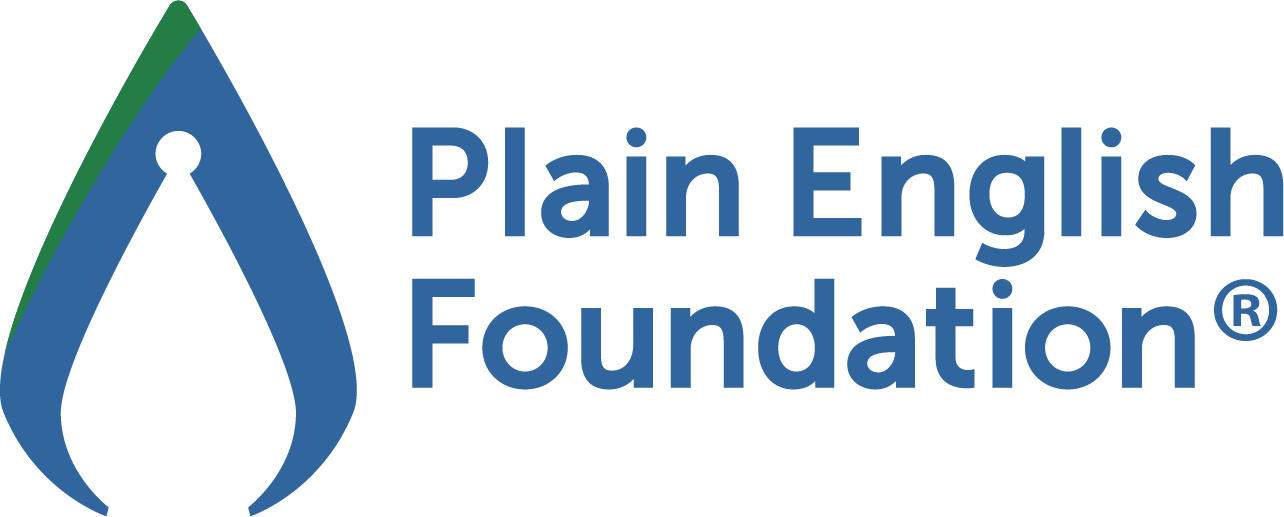
This is the fourth of a series of articles exploring widely held misconceptions that diminish many workplace writers’ efficiency and effectiveness.
Read More
This is the third of a series of articles exploring widely held misconceptions that diminish many workplace writers’ efficiency and effectiveness.
Read More
This is the second of a series of articles exploring widely held misconceptions that diminish many workplace writers’ efficiency and effectiveness.
Read More
This is the first of a series of articles exploring widely held misconceptions that diminish many workplace writers’ efficiency and effectiveness.
Read More
Have you noticed writing standards in your team are starting to slip? Are drafts getting wordier? Is reviewing getting harder? It might be time to consider a refresher!
Read More
When you join one of our writing workshops, you'll be starting a plain language journey. Come with us as Tom Wadsworth imagines the road ahead in this article that first appeared in 'The Mandarin'.
Read More
Mastering the art of self-editing is the key to becoming a more efficient writer. In this blog, we share 6 sure-fire tips to help you self-edit your writing with confidence and panache!
Read More
We unpack the grammar behind vigorous verbs - the powerhouses of plain language. And we also take a couple of detours to explain why no-one else talks like Yoda and why vigorous verbs really took off after the Vikings invaded England.
Read More
The forgetting curve is often considered a curse by L&D professionals. But it can also be a force for good. Find out how you can take advantage of the early memory dips that happen after training and embed new learning into your organisation.
Read More
If we asked professionals to name 3 skills central to critical thinking, we’d guess writing in plain language might not be the first that comes to mind. But dig deeper into the best ways to develop good critical thinking, and clear parallels soon emerge.
Read More





